Fraser Institute
Federal government cranked up spending up but Canadians are worse off
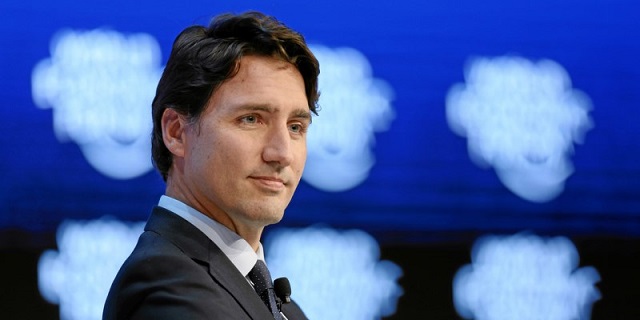
From the Fraser Institute
By Matthew Lau
“If spending money like water was the answer to our country’s problems,” Margaret Thatcher said in 1980, less than two years after the United Kingdom’s Winter of Discontent, “we would have no problems now. If ever a nation has spent, spent, spent, and spent again, ours has.” That a government cannot spend away the country’s problems is a clear lesson of history. The Trudeau government evidently has not learned this—it has spent, spent and spent more, and the country’s problems have gotten worse.
In 2014-15, before the Liberals took office, federal program spending was 12.8 per cent of GDP (the value of final goods and services produced in Canada). In 2023-24, it’s projected at 15.7 per cent. And relative to 2014-15, annual program spending is $89 billion higher than if it had tracked with overall economic growth.
As Thatcher would have predicted, this extra spending has not solved most problems. Consider health care. The Fraser Institute’s survey of health-care specialists found a median wait time of 27.7 weeks between referral from a general practitioner and receipt of treatment in 2023—a 51 per cent increase versus the 18.3 weeks in 2015. Relative to peer countries, Canada is a big health-care spender but with poor results, and is far below average on key metrics such as physicians and hospital beds per capita.
Another big spending area is climate change. The Liberals boast of pouring more than $120 billion into climate programs, but even with an annually increasing carbon tax and onerous regulation on top of that spending, the government is on track to miss its 2030 climate targets. Given the high cost of its climate policies relative to environmental benefits, that’s not a bad thing. Ottawa’s climate targets are wildly unrealistic, and achieving them would mean devastating the economy further.
Speaking of devasting the economy, when the Trudeau government spends, it claims it will support economic growth, increase affordability or otherwise deliver financial benefits. Eight years in, these benefits have not materialized. As of the third quarter of 2023, after five consecutive quarters of declining real GDP per capita, Canada’s cumulative growth in the past eight years is a paltry 1.6 per cent versus 14.7 per cent in the United States. One way to think about this gap: if Canada’s real GDP per-capita growth tracked with the U.S. since the Liberals took office, Canadian living standards would be about 12.8 per cent higher than they are today.
Finally, the Trudeau government has significantly ramped up child-care spending, but the effect of the national child-care program has been to severely distort and in many cases destroy the child-care sector by applying a discriminatory funding model that pushes child-care entrepreneurs out of the market and discourages private investment. The federal program is composed of separate agreements with the provinces, but with the child-care sector suffering crisis and widespread shortages from coast to coast, it’s reasonable to conclude Ottawa’s plan is fatally flawed.
Wherever you look, the pattern is the same—federal spending is up, but outcomes are worse. The government creates problems and does not solve them when it spends money like water. Margaret Thatcher well understood this fact. Justin Trudeau, unfortunately, evidently does not.
Author:
Alberta
Albertans need clarity on prime minister’s incoherent energy policy
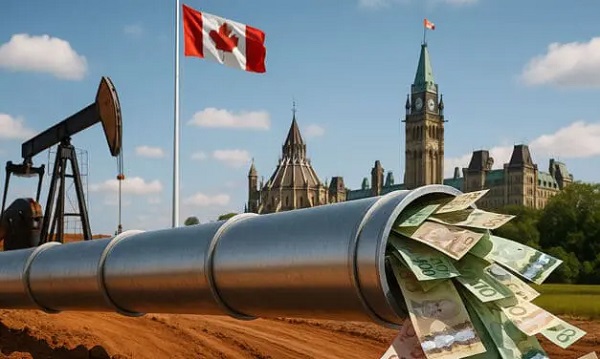
From the Fraser Institute
By Tegan Hill
The new government under Prime Minister Mark Carney recently delivered its throne speech, which set out the government’s priorities for the coming term. Unfortunately, on energy policy, Albertans are still waiting for clarity.
Prime Minister Carney’s position on energy policy has been confusing, to say the least. On the campaign trail, he promised to keep Trudeau’s arbitrary emissions cap for the oil and gas sector, and Bill C-69 (which opponents call the “no more pipelines act”). Then, two weeks ago, he said his government will “change things at the federal level that need to be changed in order for projects to move forward,” adding he may eventually scrap both the emissions cap and Bill C-69.
His recent cabinet appointments further muddied his government’s position. On one hand, he appointed Tim Hodgson as the new minister of Energy and Natural Resources. Hodgson has called energy “Canada’s superpower” and promised to support oil and pipelines, and fix the mistrust that’s been built up over the past decade between Alberta and Ottawa. His appointment gave hope to some that Carney may have a new approach to revitalize Canada’s oil and gas sector.
On the other hand, he appointed Julie Dabrusin as the new minister of Environment and Climate Change. Dabrusin was the parliamentary secretary to the two previous environment ministers (Jonathan Wilkinson and Steven Guilbeault) who opposed several pipeline developments and were instrumental in introducing the oil and gas emissions cap, among other measures designed to restrict traditional energy development.
To confuse matters further, Guilbeault, who remains in Carney’s cabinet albeit in a diminished role, dismissed the need for additional pipeline infrastructure less than 48 hours after Carney expressed conditional support for new pipelines.
The throne speech was an opportunity to finally provide clarity to Canadians—and specifically Albertans—about the future of Canada’s energy industry. During her first meeting with Prime Minister Carney, Premier Danielle Smith outlined Alberta’s demands, which include scrapping the emissions cap, Bill C-69 and Bill C-48, which bans most oil tankers loading or unloading anywhere on British Columbia’s north coast (Smith also wants Ottawa to support an oil pipeline to B.C.’s coast). But again, the throne speech provided no clarity on any of these items. Instead, it contained vague platitudes including promises to “identify and catalyse projects of national significance” and “enable Canada to become the world’s leading energy superpower in both clean and conventional energy.”
Until the Carney government provides a clear plan to address the roadblocks facing Canada’s energy industry, private investment will remain on the sidelines, or worse, flow to other countries. Put simply, time is up. Albertans—and Canadians—need clarity. No more flip flopping and no more platitudes.
Fraser Institute
Long waits for health care hit Canadians in their pocketbooks

From the Fraser Institute
Canadians continue to endure long wait times for health care. And while waiting for care can obviously be detrimental to your health and wellbeing, it can also hurt your pocketbook.
In 2024, the latest year of available data, the median wait—from referral by a family doctor to treatment by a specialist—was 30 weeks (including 15 weeks waiting for treatment after seeing a specialist). And last year, an estimated 1.5 million Canadians were waiting for care.
It’s no wonder Canadians are frustrated with the current state of health care.
Again, long waits for care adversely impact patients in many different ways including physical pain, psychological distress and worsened treatment outcomes as lengthy waits can make the treatment of some problems more difficult. There’s also a less-talked about consequence—the impact of health-care waits on the ability of patients to participate in day-to-day life, work and earn a living.
According to a recent study published by the Fraser Institute, wait times for non-emergency surgery cost Canadian patients $5.2 billion in lost wages in 2024. That’s about $3,300 for each of the 1.5 million patients waiting for care. Crucially, this estimate only considers time at work. After also accounting for free time outside of work, the cost increases to $15.9 billion or more than $10,200 per person.
Of course, some advocates of the health-care status quo argue that long waits for care remain a necessary trade-off to ensure all Canadians receive universal health-care coverage. But the experience of many high-income countries with universal health care shows the opposite.
Despite Canada ranking among the highest spenders (4th of 31 countries) on health care (as a percentage of its economy) among other developed countries with universal health care, we consistently rank among the bottom for the number of doctors, hospital beds, MRIs and CT scanners. Canada also has one of the worst records on access to timely health care.
So what do these other countries do differently than Canada? In short, they embrace the private sector as a partner in providing universal care.
Australia, for instance, spends less on health care (again, as a percentage of its economy) than Canada, yet the percentage of patients in Australia (33.1 per cent) who report waiting more than two months for non-emergency surgery was much higher in Canada (58.3 per cent). Unlike in Canada, Australian patients can choose to receive non-emergency surgery in either a private or public hospital. In 2021/22, 58.6 per cent of non-emergency surgeries in Australia were performed in private hospitals.
But we don’t need to look abroad for evidence that the private sector can help reduce wait times by delivering publicly-funded care. From 2010 to 2014, the Saskatchewan government, among other policies, contracted out publicly-funded surgeries to private clinics and lowered the province’s median wait time from one of the longest in the country (26.5 weeks in 2010) to one of the shortest (14.2 weeks in 2014). The initiative also reduced the average cost of procedures by 26 per cent.
Canadians are waiting longer than ever for health care, and the economic costs of these waits have never been higher. Until policymakers have the courage to enact genuine reform, based in part on more successful universal health-care systems, this status quo will continue to cost Canadian patients.
-

 Business2 days ago
Business2 days agoEU investigates major pornographic site over failure to protect children
-
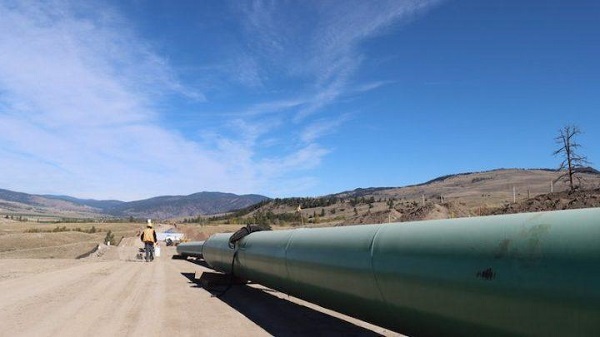
 Canadian Energy Centre2 days ago
Canadian Energy Centre2 days agoCross-Canada economic benefits of the proposed Northern Gateway Pipeline project
-

 Alberta2 days ago
Alberta2 days agoAlbertans need clarity on prime minister’s incoherent energy policy
-
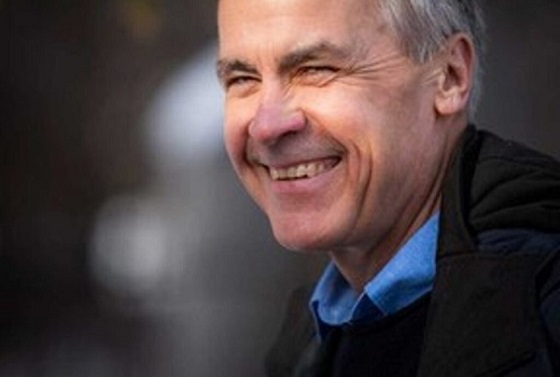
 Economy2 days ago
Economy2 days agoCarney’s Promise of Expediting Resource Projects Feels Like a Modern Version of the Wicked Stepmother from Disney’s Cinderella
-

 conflict14 hours ago
conflict14 hours ago“Evacuate”: Netanyahu Warns Tehran as Israel Expands Strikes on Iran’s Military Command
-
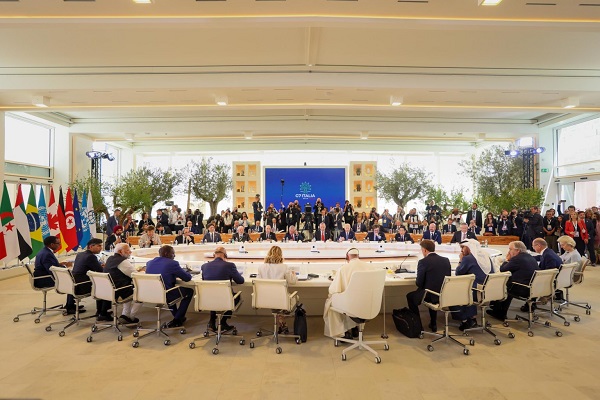
 Energy13 hours ago
Energy13 hours agoCould the G7 Summit in Alberta be a historic moment for Canadian energy?
-

 Alberta1 day ago
Alberta1 day agoAlberta’s grand bargain with Canada includes a new pipeline to Prince Rupert
-

 Crime2 days ago
Crime2 days agoManhunt on for suspect in shooting deaths of Minnesota House speaker, husband









